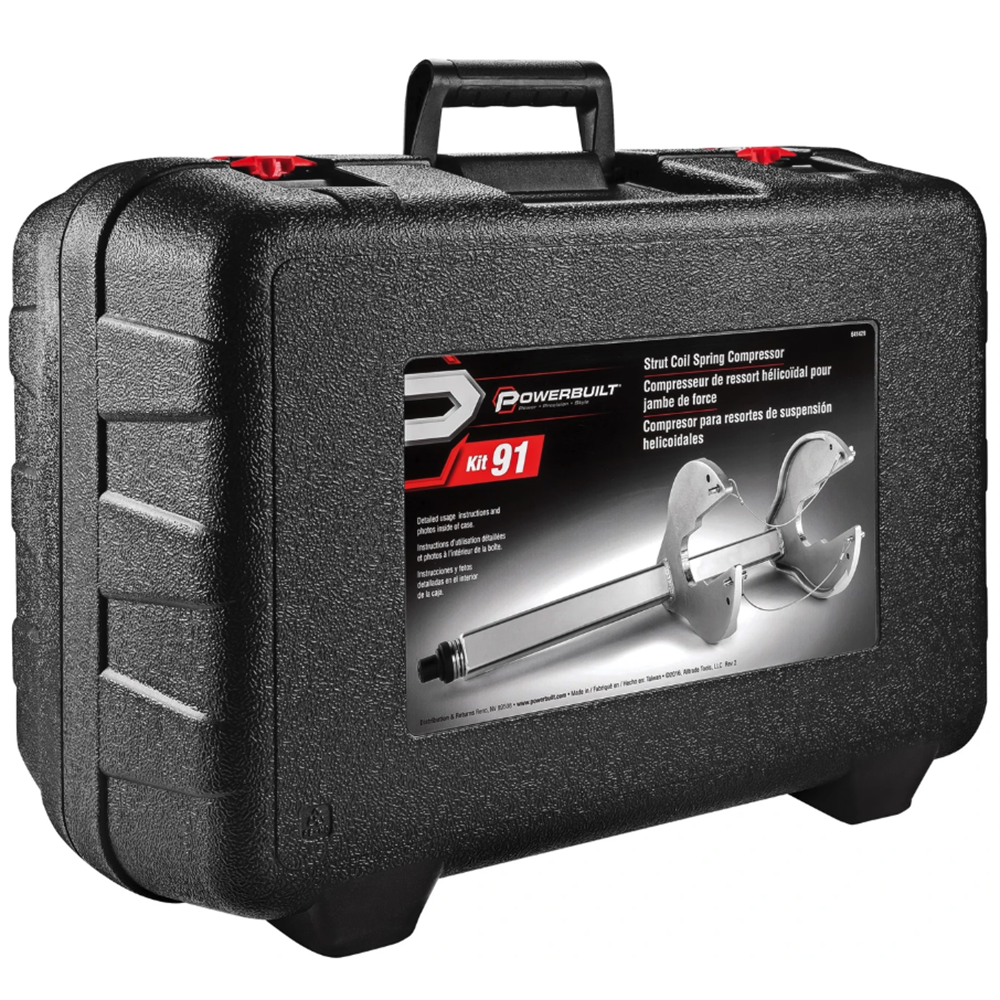

JPEG is never used when the highest image quality is required, and no losses of the finest details are allowed. A JPEG image loses some details every time it’s exported. This will affect color transition, shades, and pixels themselves. When you export a JPEG image from an editing software, automatic compression will occur – even if you just opened it in the editor and made no changes. There’s something you need to keep in mind. Later, you import that image again, do more editing and export it. For example, you import a JPEG photo into Photoshop, do some editing, then export it. Usually, for these kind of files, lossless formats are required.Īlso, JPEG might not be the best format for images that you plan to edit in multiple stages. For example, graphics, drawings, or text. JPEG is not suitable for files, where there are sharp edges, flat color, and a distinct contrast between pixels.
However, despite its broad popularity, there are still cases when other formats are more preferable. In other words, this format is supported and used nearly everywhere. JPEGs can be opened with any image viewing program or editing software, and they are easily uploaded to any website or social media. It tends to create files of smaller size than other formats. JPEG is also widely used for storing and sharing digital photos and scans. This format is more suitable for compressing images with smooth transitions of color and brightness.

Now, let’s take a look at what this format is and why it is one of the most popular today. In this article, you will learn more about the JPEG format and how it can be compressed. In most cases, you will need to perform a JPEG compression since this is one of the most widespread formats in the digital space.
Compressed photos are much smaller, and you will be able to send lots of them. However, the solution for this problem comes in the form of compression. In other words, you will be able to attach maximum 1-3 images to one letter. For example, one photo can be 8 or 15 MB. Meanwhile, images – especially high-quality ones – tend to have a relatively big size. You cannot attach more than 25 MB of files per letter in most email services. No one likes to wait an eternity for images to load.Īlso, you might need to compress your photos to send them by email. The faster your potential customers will see all the visual content on your website, the better experience they will have and the higher the chance that they will make a purchase. On a website, compressed images are always loaded significantly faster than high-resolution photos. JPEG compression will make your photos smaller, and they won’t take up much space on a server or in your device’s memory. Post processing of the PNG image, using an external tool, can further decrease the file size.Image compression is an important process since it allows you to reduce the size of a file, making it easier to upload it to a website or social media. Processing and saving with PHP GD increases the file size, or, it does not do the best possible effort in compressing the image. Its notable that the original image size is actually 728KB. The default setting makes a pretty good job. It differs 120KB (13%) in file size depending on which algorithm is used. This example is based on ?src=kodim23.png. Here is an example how the file size is affected for the different values. Use the option co, compress parameter to decide which PNG compression algorithm shall be used. The PNG format is lossless so the resulting image is always exactly the same. The levels are a mix of file size and time to compress / uncompress. The default is to let the PHP GD implementation to choose the algorithm. PNG has a set of algorithms for compression, namely 0 (no compression) to 9. A PNG-image looks the same, no matter what algorithm is used to compress it.


 0 kommentar(er)
0 kommentar(er)
